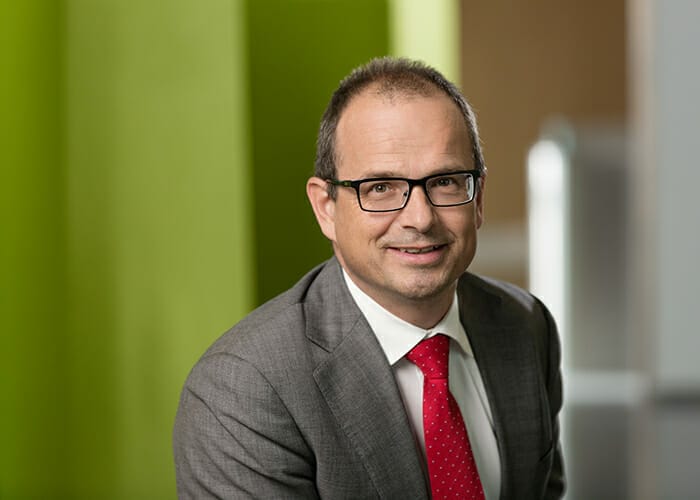Two of the Netherlands’ largest fund managers, PGGM and APG, are developing investment strategies designed to help boost the United Nations’ sustainable development goals (SDGs).
APG manages €436 billion ($465.8 billion) on behalf of 4.5 million Dutch pension scheme members; PGGM manages pension assets worth €205.8 billion. Both believe institutional private capital is critical to developing the UN’s 17 ambitious SDGs, and are working alongside other Dutch financial institutions towards that end.
The UN SDGs are linked to challenges around climate, poverty, healthcare and education, and will require an estimated annual $5 trillion-$7 trillion by 2030.
In line with a growing belief amongst other global investors, the Dutch managers argue that investing in consideration of the greatest challenges of the age is not only of societal importance, but also in the best interest of their beneficiaries and investors.
The Dutch initiative is groundbreaking both for pushing a national SDG investment agenda and for uniting the country’s pension funds, insurance firms and banks around the shared goal.
The initial consultation process, completed last year, took six months and brought together more than 70 investors, government representatives and expert practitioners. In their resulting report, titled Building Highways to SDG Investing, the signatories offer concrete ways to accelerate and scale SDG investment at home and abroad.
“I hope this will mark the development of a new mind set in the financial sector, just like 10 years ago, when the idea started to take root that institutional capital should be invested responsibly,” says PGGM chief executive Else Bos.
“I am, personally, very keen on this development, as I am convinced the SDGs’ contribution to a more stable world, and hence to a stronger and more sustainable economy, will ultimately help us generate better returns for our clients.”
A pioneer for new strategies
PGGM has already invested €10 billion in line with four SDGs themes – climate, food security, water scarcity and health – and is targeting €20 billion by 2020.
It’s a fixed goal that casts PGGM in a leadership role around SDG investment. The manager is duly pioneering new strategies, including how best to apply SDG investment to public markets through active strategies. It has built up an SDG-based “solutions” portfolio, with three-quarters of the current €10 billion allocation in liquid equities and bonds. Investments are drawn from a universe of 350 listed companies that contribute positively to PGGM’s selected four SDG themes.
The universe includes big conglomerates that are acknowledged “transformational leaders”, or others that may have only a small part of their business involved in solutions, but still have a big impact, like Unilever and wind turbine manufacturer GE.
Smaller companies with specific lines of business related to the four themes are also in the universe, says Piet Klop, senior adviser, responsible investment at PGGM.
“Our internal team and an external fund manager have picked about 70 companies from this universe for our equities ‘solutions’ portfolio,” Klop says. “I believe this initiative sets us apart from other impact funds because it shows you can have an impact through listed equities.”
The companies in the universe are selected according to their positive impact and commitment to measuring that impact.
“We are careful not to claim that we generate impact ourselves, but this way we support those companies that do generate an impact and measure their results,” Klop says. He notes that persuading companies in the universe to report impact is an ongoing challenge.
Active strategy costly but worth it
“Rome wasn’t built in a day. Some companies are more willing than others to carry out impact accounting,” he explains.
Yet PGGM’s ability to measure the non-financial return of its solutions portfolio is a vital requirement of its biggest client, Dutch healthcare fund PFZW. It’s also the key reason for the active strategy.
“If you want to make allocations to selected themes, there is, as yet, no option other than active management,” Klop says. “The [indices] available are not what our client is looking for because the impact data is not available. Our client needs to communicate impact to beneficiaries.”
The active solutions strategy accounts for about 5 per cent of PGGM’s public-equity allocation, where the manager overwhelmingly favours passive strategies. The fund has about €55 billion in passive equity allocations. Although the active allocation is expensive, Klop says the returns are promising.
“We carefully keep track with the broader market index, and believe we can match this in the long run,” he says. “Even when energy companies and financials, which are largely absent in our universe, are getting a boost, like they have since the US election.”
When it comes to SDG investment in private markets, the Dutch pension managers highlight the importance of so-called blended finance. Here, the idea is that the Dutch Government and other institutions invest alongside private capital to share risk.
It is co-operation that will help generate SDG investment that would not have happened otherwise. Blended finance would bring an increase in awareness of SDG investment, along with policy support, guidance through government bureaucracies and financial structuring expertise. It would also act as a catalyst to bring in other investors.
“In private markets, blended finance may help fund opportunities earlier in the investment chain, so we can tap more,” Klop says.
PGGM and APG’s initiative will soon prove how viable SDG-focused investments are. With any luck, they hope their strategy will encourage other investors to use this kind of sustainability as a lens in their investment decisions, too.
“You can have a measurable impact at market-rate returns,” Klop says.



